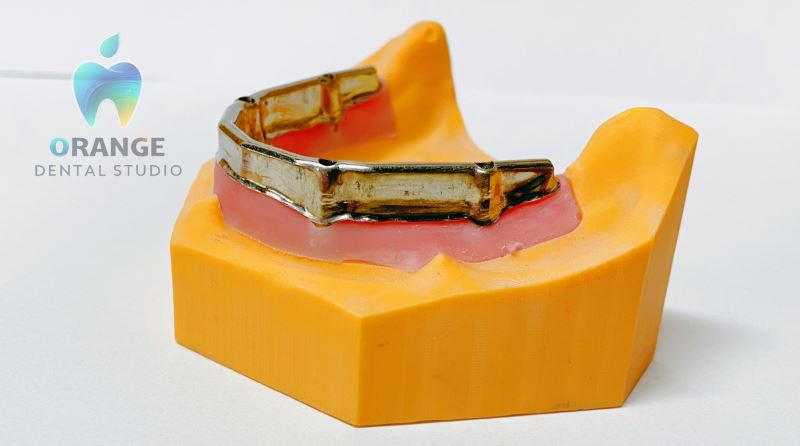Implant Bars with Implant Bridge
Understanding Implant Bars with Implant Bridges
Implant dentistry has revolutionized the way dental professionals address tooth loss, providing durable and natural-looking solutions. Among the advanced options available are implant bars with implant bridges, which offer superior stability and functionality for patients needing extensive dental restoration. This article explores what implant bars and implant bridges are, their benefits, and how they work together to restore oral health and aesthetics.
What is an Implant Bar?
An implant bar is a custom-made metal bar that is attached to dental implants placed in the jawbone. Typically made from titanium or a titanium alloy, the bar serves as a supportive framework to which various dental prosthetics, such as dentures or bridges, can be securely attached. The bar itself is anchored by multiple implants, providing a stable base that mimics the natural roots of teeth.
Key Features:
Material: Usually made from biocompatible materials like titanium.
Customization: Tailored to fit the patient’s jaw anatomy.
Support: Provides a strong base for attaching dental prosthetics.
What is an Implant Bridge?
An implant bridge is a dental prosthesis that replaces multiple missing teeth. Unlike traditional bridges, which rely on adjacent natural teeth for support, implant bridges are anchored to dental implants embedded in the jawbone. These implants act like tooth roots, offering a stable and permanent solution for missing teeth.
Key Features:
Material: Typically made from porcelain, ceramic, or metal alloys.
Function: Replaces multiple missing teeth, restoring function and aesthetics.
Support: Anchored directly to implants for enhanced stability.
Combining Implant Bars with Implant Bridges
When combined, implant bars and implant bridges create a robust and efficient solution for extensive dental rehabilitation. Here’s how they work together:
Placement of Implants: Dental implants are surgically placed into the jawbone. These implants need to integrate with the bone, a process known as osseointegration, which can take several months.
Attachment of Implant Bar: Once the implants have fully integrated, a custom-made implant bar is attached to the implants. This bar acts as a stable foundation.
Fitting the Implant Bridge: The implant bridge is then securely attached to the implant bar. The bridge is custom-designed to match the patient’s bite and appearance, ensuring a natural look and feel.
Benefits of Implant Bars with Implant Bridges
Stability and Durability: The combination offers exceptional stability, preventing the prosthetic from slipping or shifting, which is a common issue with traditional dentures.
Bone Preservation: Implants stimulate the jawbone, preventing the bone loss that typically occurs with missing teeth.
Improved Oral Function: Patients can chew, speak, and smile with confidence, as the prosthetic functions very much like natural teeth.
Aesthetic Appeal: Implant bridges are designed to blend seamlessly with natural teeth, enhancing the patient’s smile and overall appearance.
Comfort: The custom fit of both the implant bar and bridge reduces irritation and discomfort, providing a more natural feel.
Maintenance and Care
Proper care and maintenance are crucial to the longevity and functionality of implant bars and bridges. Here are some tips:
Oral Hygiene: Maintain good oral hygiene by brushing and flossing regularly. Special tools like interdental brushes can help clean around the implants and bars.
Regular Dental Visits: Regular check-ups with the dentist are essential to monitor the condition of the implants and prosthetics.
Avoid Hard Foods: Avoid chewing on hard objects or foods that could damage the bridge or implants.
.jpg)
